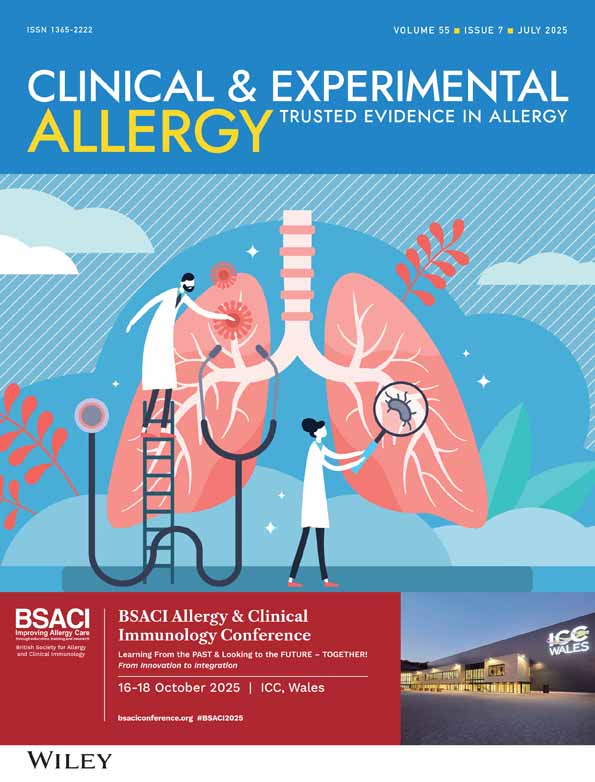Rhinovirus infection up-regulates eotaxin and eotaxin-2 expression in bronchial epithelial cells
Abstract
Background Human rhinoviruses (RVs) are the most common precipitants of asthma exacerbations. RV infection of bronchial epithelium results in local airway inflammation inducing eosinophil recruitment and activation. Induction of eosinophil chemoattractants could represent a central mechanism, as well as a prime target for intervention.
Objective To assess the effect of RV infection on mRNA expression and production of eosinophil chemoattractants by bronchial epithelial cells in-vitro.
Methods BEAS-2B cells were infected with major and minor RVs and the mRNA expression of IL-8, RANTES, MIP-1α, eotaxin, eotaxin-2, MCP-2, MCP-3 and MCP-4 was assessed by reverse transcription PCR. In cases where mRNA induction was observed, a fluoroimmunoassay was used to confirm protein production. To assess the virus-specificity of the observed reactions, cells were also exposed to inactivated RVs.
Results RV infection was able to up-regulate mRNA expression of IL-8, RANTES, MIP-1α, eotaxin and eotaxin-2, did not affect MCP-4, while MCP-2 and MCP-3 were not expressed either at baseline or after virus infection. Protein production was confirmed for IL-8, RANTES and eotaxin, but not for MIP-1α. When RVs were inactivated cytokine up-regulation was almost completely lost.
Conclusion Infection of bronchial epithelial cells with RVs results in the production of a wide array of mediators that are able to chemoattract eosinophils. These include the eosinophil-specific molecules eotaxin and eotaxin-2, in addition to IL-8 and RANTES, which are the most abundant. Eosinophil recruitment after RV infection of bronchial epithelium could represent a central event in the pathogenesis of virus-induced asthma exacerbations.




